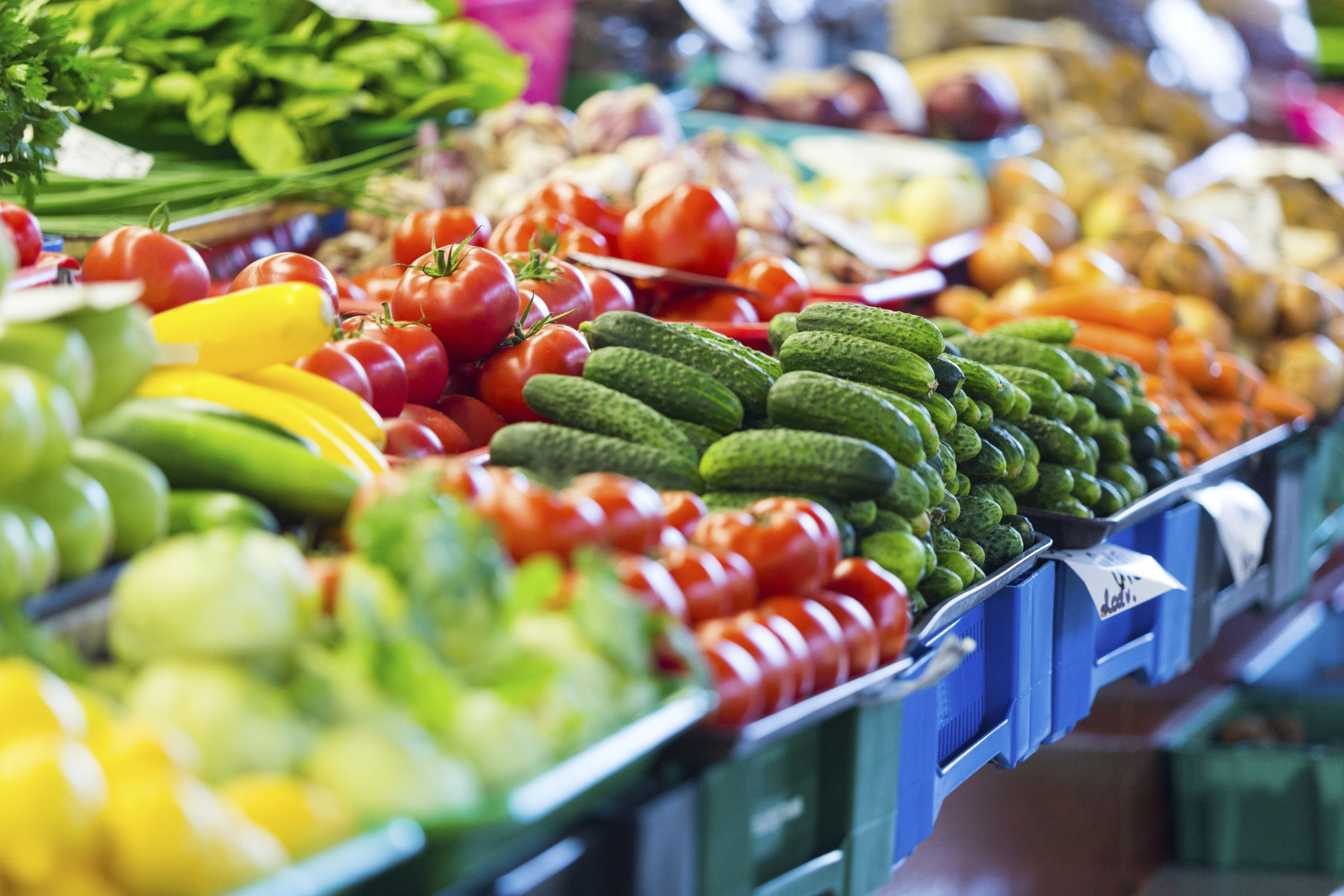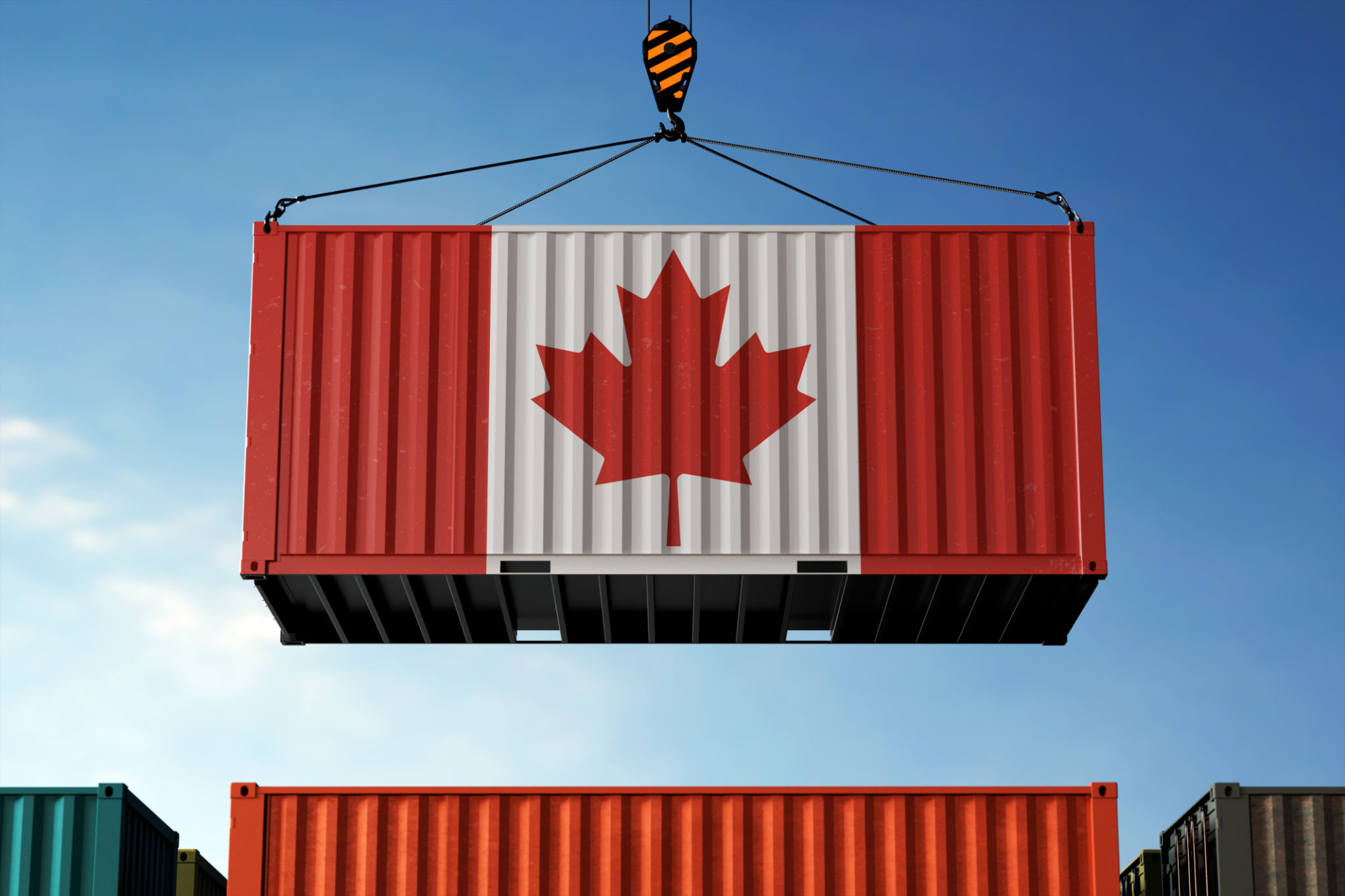Why Lima, Peru is a Hub for Fruit and Vegetable Exports
Introduction to Lima's Fruit and Vegetable Export Industry
Lima, the vibrant capital of Peru, is not just a hub of cultural and historical significance but is also increasingly recognized as a major center for fruit and vegetable exports. The city's strategic location on the Pacific coast, combined with its rich agricultural hinterlands, makes it a pivotal player in global produce markets.

Geographical Advantage
The geographical positioning of Lima plays a crucial role in its status as an export hub. Nestled between the Andes mountains and the Pacific Ocean, Peru offers a diverse range of microclimates and ecosystems. This allows for the cultivation of a wide variety of fruits and vegetables all year round, including avocados, grapes, and asparagus. Such diversity ensures that Lima can supply high-quality produce to international markets consistently.
Climate Diversity
Peru's unique climatic conditions, ranging from tropical in the east to desert-like in the west, allow for a diverse range of agricultural production. This climatic variety means that while other countries may have limited growing seasons, Peru can produce crops continuously, giving Lima a competitive edge in the export market.
Quality and Innovation in Agriculture
Peruvian farmers and exporters are known for their commitment to quality and innovation. Many farms around Lima adhere to stringent international standards such as Global GAP (Good Agricultural Practices). This dedication ensures that the fruits and vegetables exported from Lima are not only fresh but also meet the highest quality benchmarks.

Technological Advancements
The agricultural sector in Lima has embraced modern technology to enhance productivity and efficiency. From precision farming techniques to advanced irrigation systems, these innovations help maximize yields and ensure the sustainability of resources. Furthermore, research into crop varieties that are resistant to pests and diseases has strengthened Lima's position as a reliable exporter.
Infrastructure and Logistics
Lima’s infrastructure is another critical factor contributing to its prominence in exports. The city boasts a well-developed network of roads and an efficient port at Callao, which is one of the busiest in South America. This infrastructure facilitates smooth transportation and shipping of produce to various parts of the world.

Government Support
The Peruvian government has played a significant role in promoting the agricultural export sector. Through various initiatives and policies, the government supports farmers in improving their practices and accessing global markets. Trade agreements with several countries further enhance Lima's export capabilities, opening doors to lucrative markets in North America, Europe, and Asia.
Conclusion: A Fruitful Future
Lima’s role as a hub for fruit and vegetable exports is poised for further growth. With its favorable geographical conditions, commitment to quality, robust infrastructure, and supportive policies, the city is well-equipped to meet the increasing global demand for fresh produce. As international markets continue to seek out high-quality fruits and vegetables, Lima stands ready to deliver.
